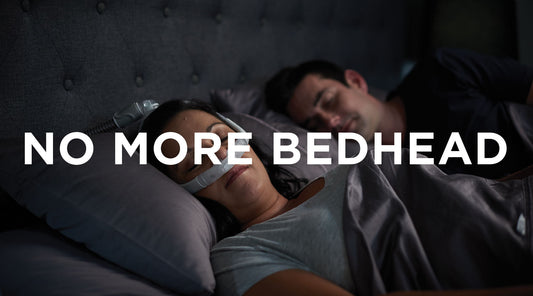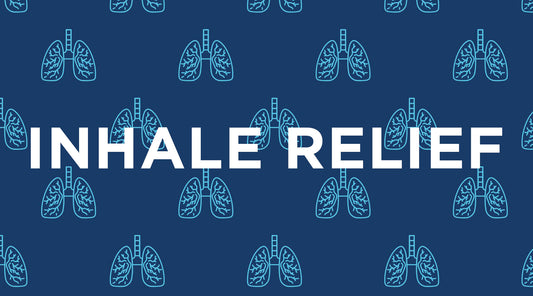Wearing a CPAP mask every night can be life-changing for sleep apnea—but not always so friendly to your hair. If you’ve noticed frizz, breakage, or flattened locks in the morning, you're not alone. Fortunately, there are simple ways to protect your hair while still getting the sleep you need.
1. Use a Silk or Satin Pillowcase
Cotton pillowcases create friction that can tug at your hair, especially if you're wearing a CPAP headgear. Switch to a silk or satin pillowcase to minimize tangles, breakage, and frizz.
2. Try a Silk Hair Wrap or Sleep Bonnet
Silk or satin sleep caps help your hair glide smoothly through the night and reduce pressure from headgear straps. They're especially helpful for curly, textured, or fragile hair types.
3. Loosen the Straps (But Not Too Much)
Over-tightened CPAP headgear can create dents in your hair, cause breakage, and leave lines on your skin. A proper fit should feel snug, but not tight. If you're adjusting frequently, you might benefit from mask liners or strap covers.
4. Use CPAP Strap Covers
Soft fleece or satin strap covers cushion the mask's contact points and help prevent friction against your hair. They're also washable and add comfort.
5. Change Up Your Hairstyle
If you have long hair, wearing it in a loose braid or ponytail can help prevent tangling and reduce stress on strands. Avoid tight styles that pull at your scalp under the mask straps.
6. Consider a Top-of-Head Hose Connection
Masks like the ResMed AirFit™ X30i or Philips Respironics DreamWear series have tubing that connects at the top of the head—keeping the hose out of your way and reducing hair disruption.
7. Establish a Nightly Haircare Routine
A few minutes of prep can make a big difference. Try applying a leave-in conditioner or a light hair oil before bed, and brush gently to detangle before putting on your CPAP gear.
Everyone's hair is different—experiment with what works best for your routine and mask style. A good night’s sleep and good hair days can go hand in hand!






